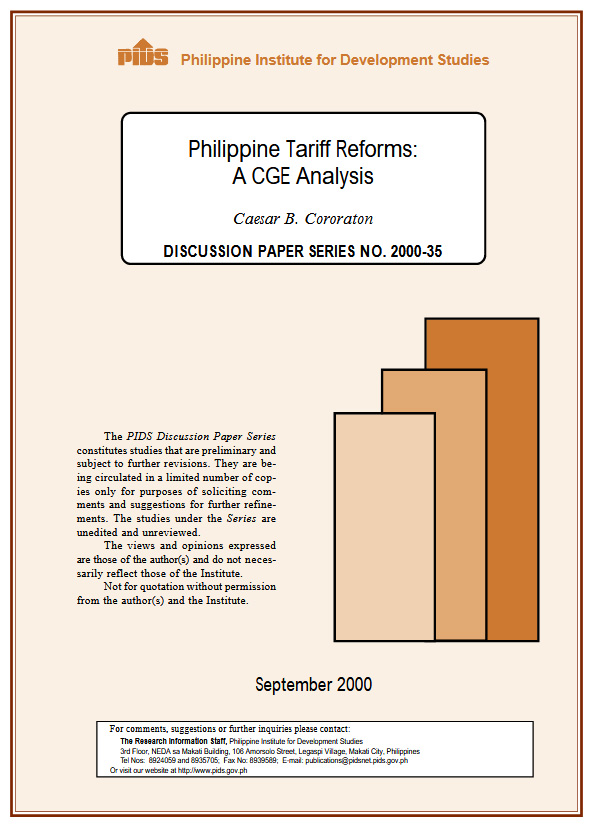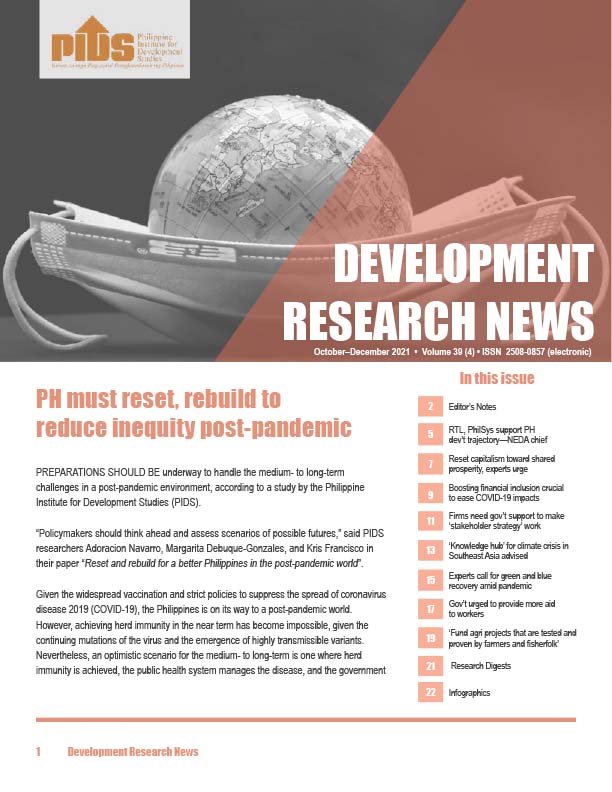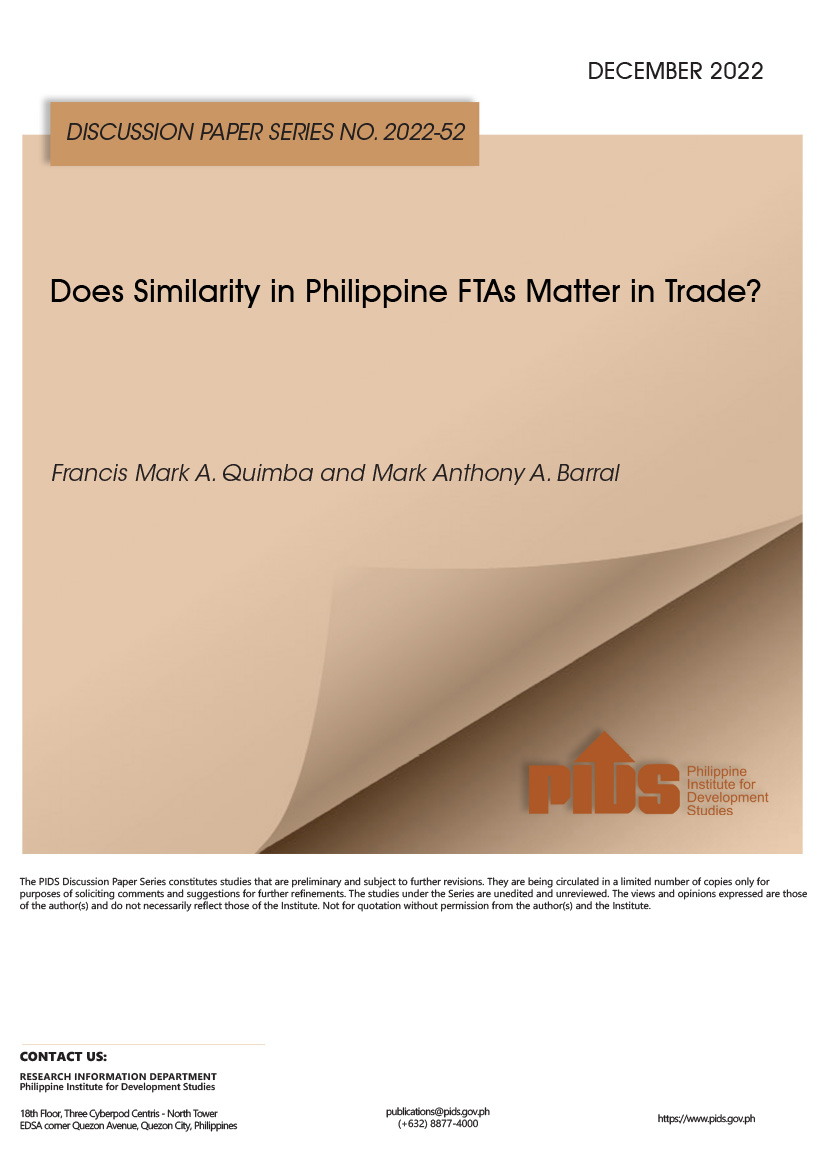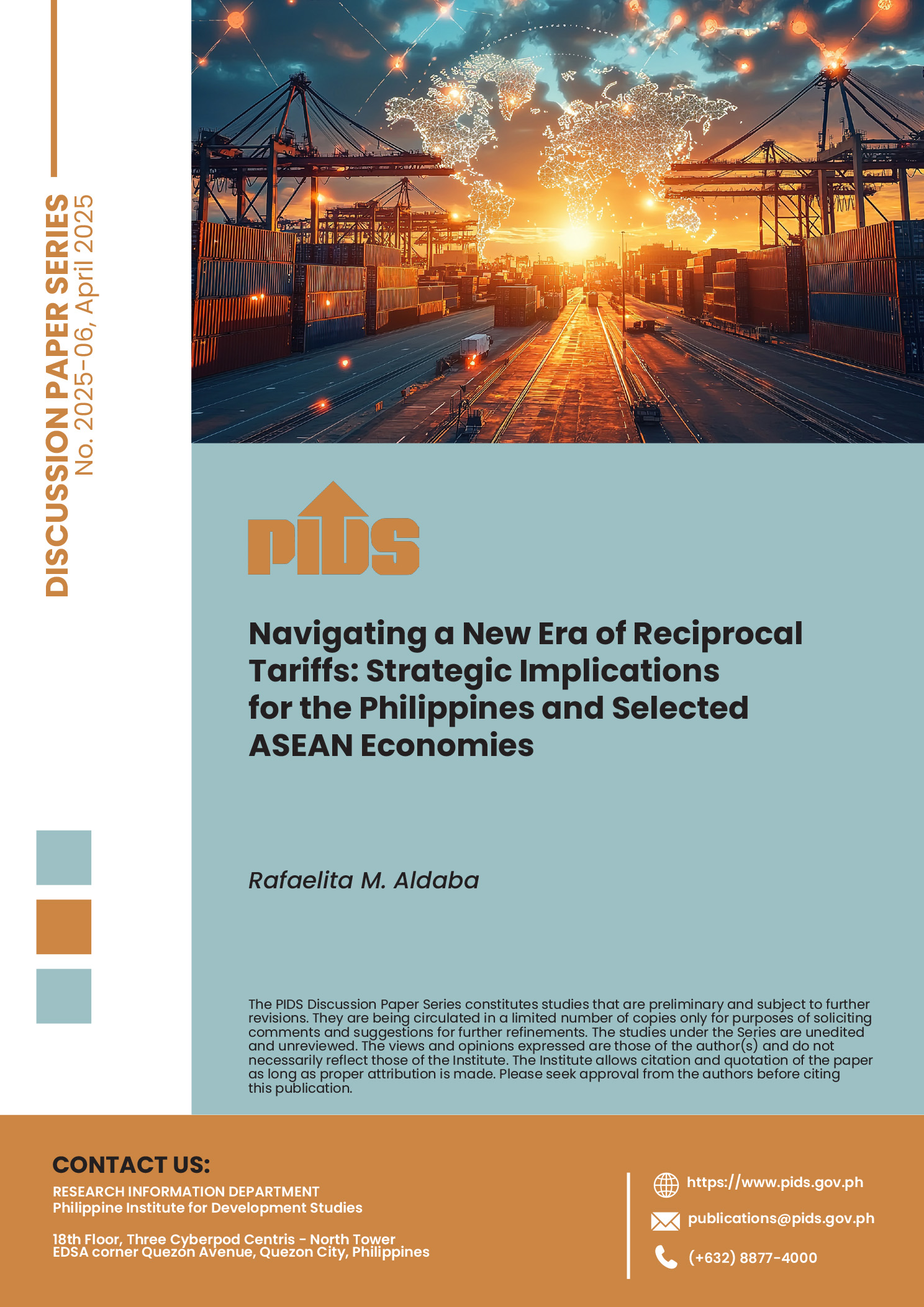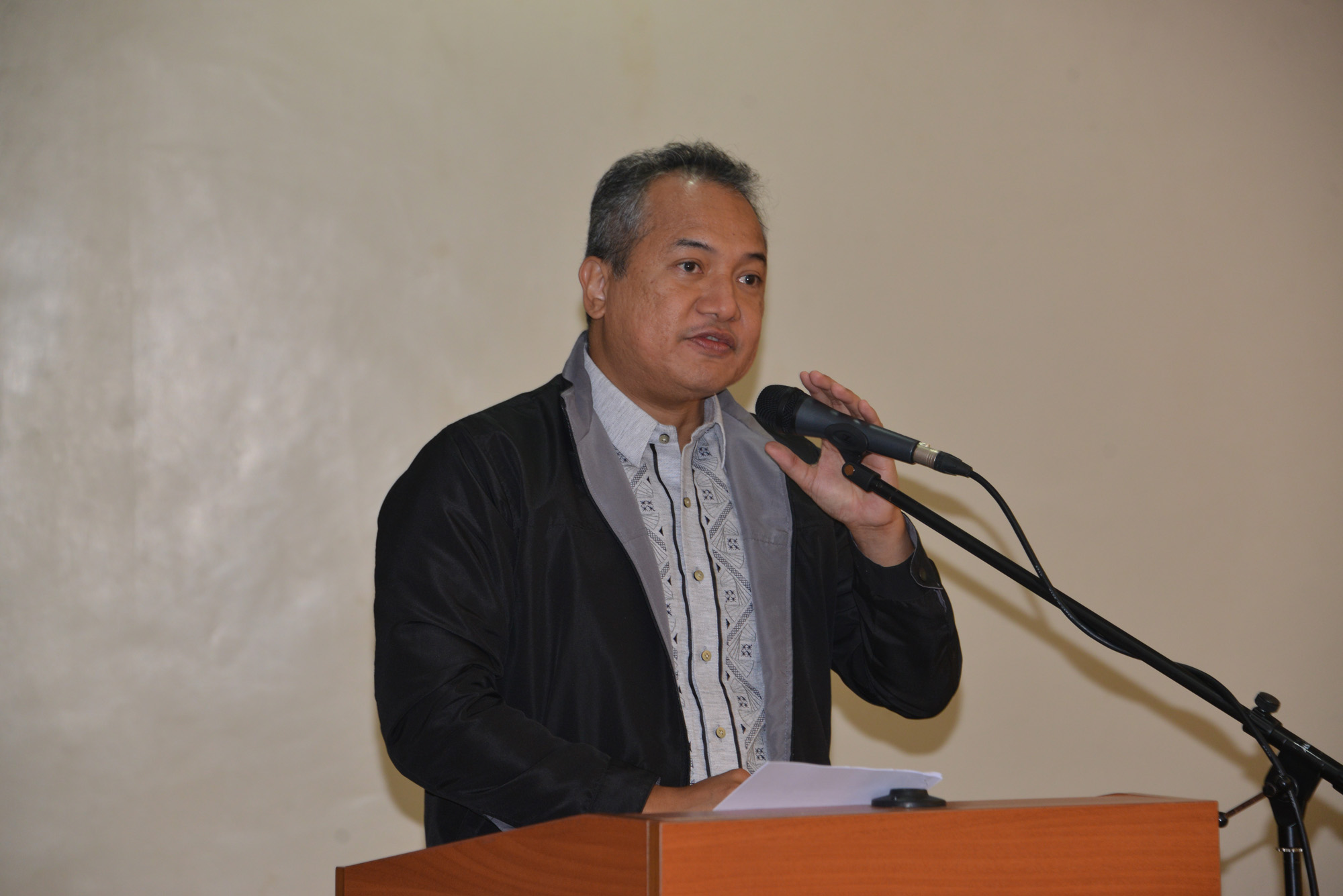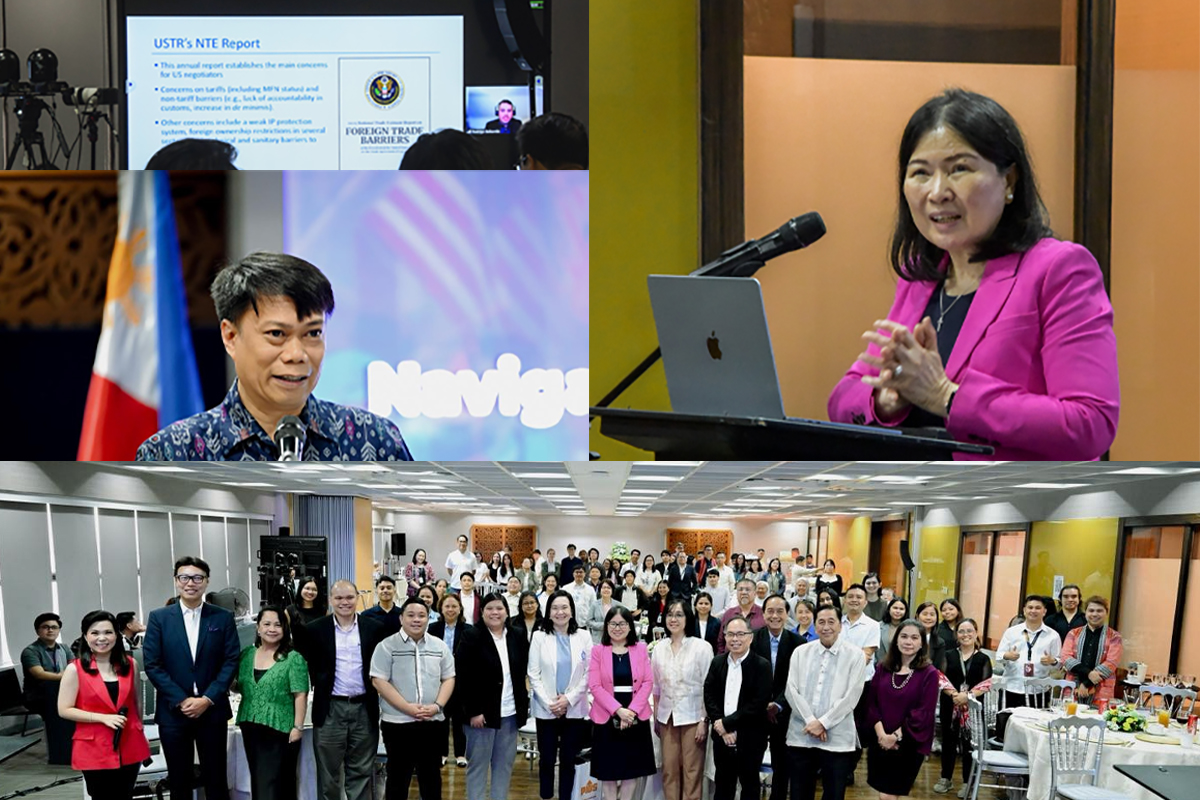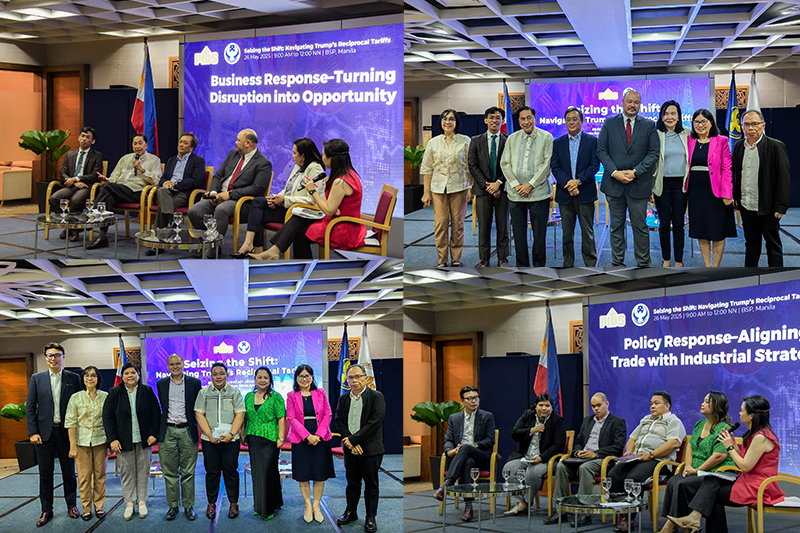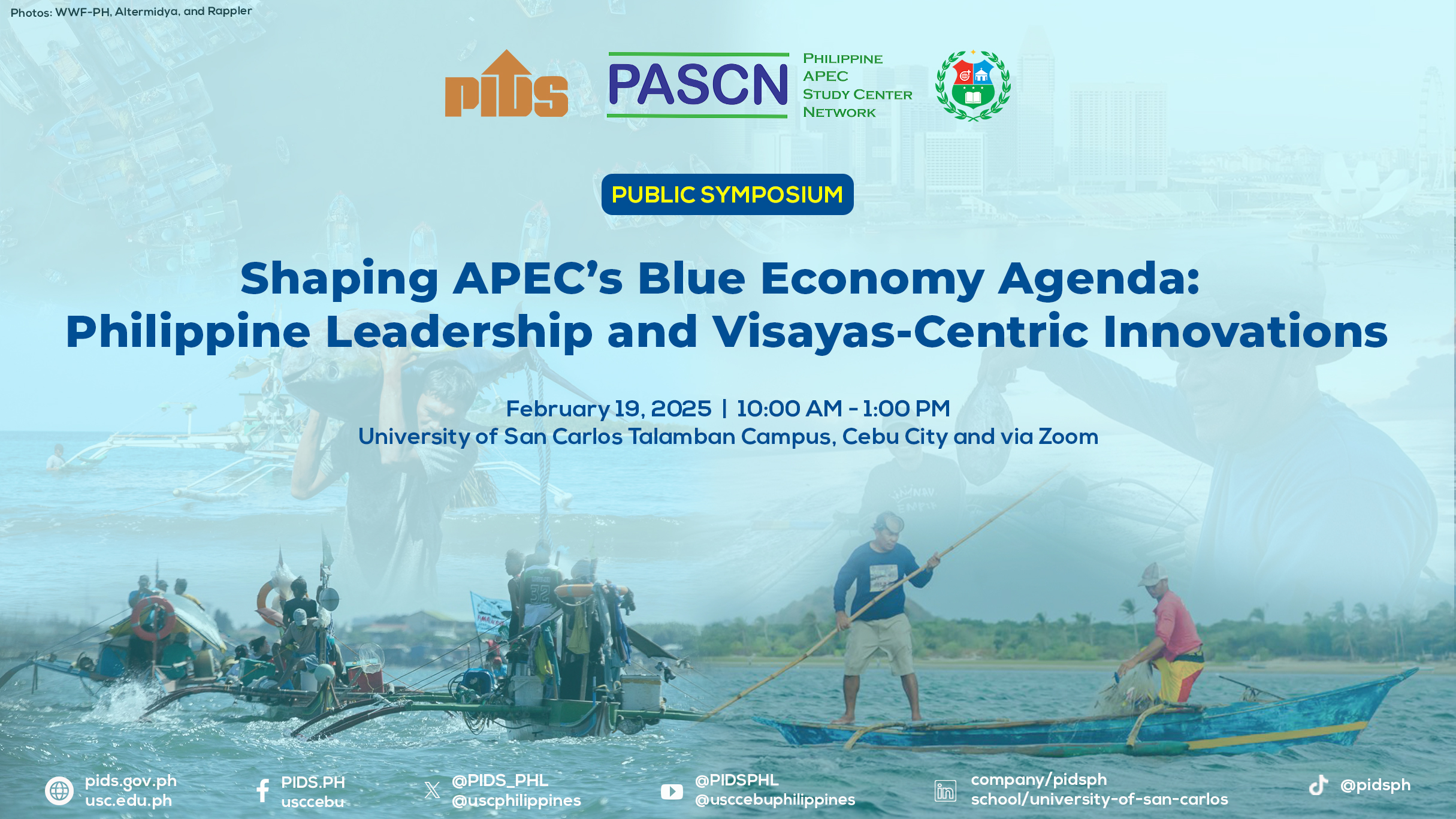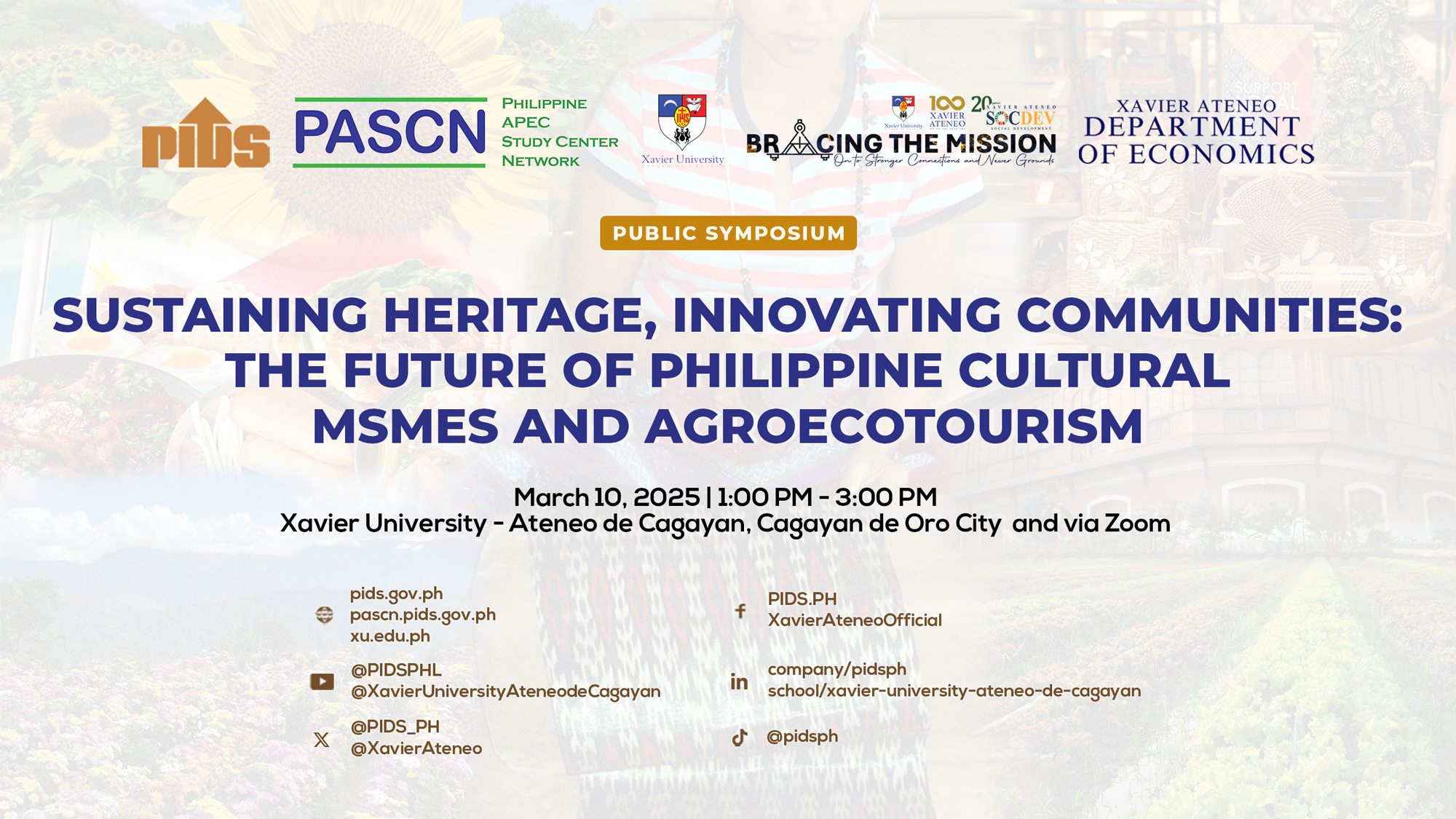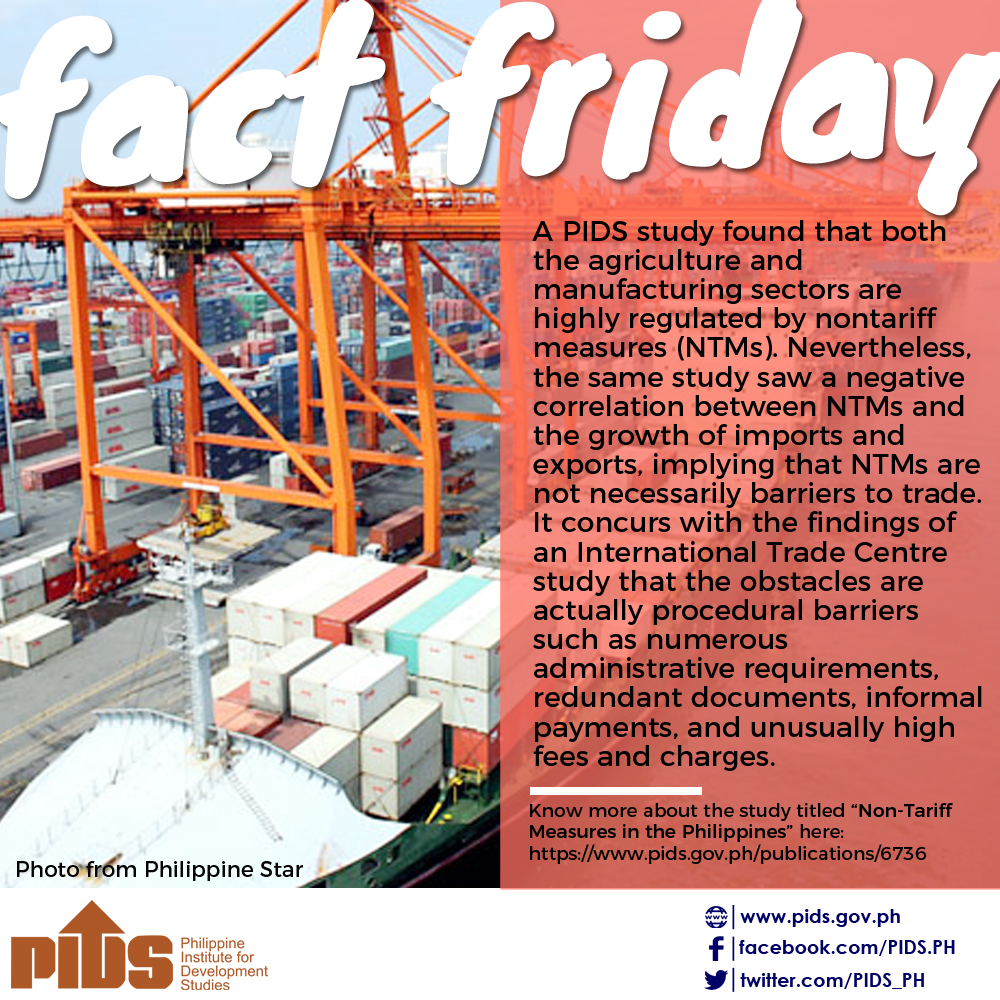The Philippines undergoes a tariff reform program. After more than a decade of implementation, significant achievements have been attained in terms of changes in the tariff structure. For example, quantitative restrictions on important commodities have been tariffied. The tariff structure has been simplified from a multi-layered one into a structure with fewer tariff rates. Furthermore, tariff rates have been substantially reduced. The objective of the paper is to analyze the effects of the tariff reform program using a computable general equilibrium model calibrated using Philippine data. The primary focus is on the change in the tariff structure and its impact on efficiency, resource movements, income distribution, and welfare.
Citations
This publication has been cited 3 times
- Cororaton, Caesar B.. 2003. Analyzing the impact of trade reforms on welfare and income distribution using a CGE framework: The case of the Philippines. Discussion Papers DP 2003-01. Philippine Institute for Development Studies.
- Cororaton, Caesar B.. 2006. Analyzing the impact of trade reforms on welfare and income distribution using a CGE framework: The case of the Philippines. Philippine Journal of Development PJD, 31, no. 1. Philippine Institute for Development Studies. .
- David, Cristina C., Ponciano Intal, and Arsenio M. Balisacan. 2007. Distortions to agricultural incentives in the Philippines. Agricultural Distortions Working Paper Series 48477. World Bank.

